A couple weeks ago, Steph, Missy and I met up at a local school ground in the Fraser Valley to brainstorm, plan, develop and trial another one of our curriculum modules. It was a beautiful day here in the lower mainland and we left the park after a long day of planning feeling both content about where we were in this process and energized for the weeks ahead.
This module was so much fun! The idea is to build a park/playground out of recycled material. In the weeks leading up to this meeting, we all collected recycled products from our households, and brought them to the park where we were meeting. We also brought scissors, string, markers, glue, a stapler and a few other materials. We spent some time brainstorming ideas and then got to work in designing our playground. We looked to the school playground we were situated beside for some ideas and structural guidance.
We spent the rest of the morning and afternoon constructing a playground out of recycled materials. IT WAS SO MUCH FUN!!! The entire time we were designing this playground we shared what was working and what was not. We discussed what we would do differently to ensure all students could participate and how we would utilize this lesson plan in our own classrooms one day.
If I am being completely honest the day had an almost magical feel to it. The weather was glorious and us ladies shared, connected, created, laughed, and dreamed over the deconstruction of empty toilet paper rolls and cardboard cereal boxes. We spent hours creating beside a playground outside of a school where we were gently reminded that we are on the right path. One day soon we all hope to be creating both inside and outside of the classroom with little learners all around.
You can view pictures from our curriculum development that day and the final playground we created below. If you are interested in learning more about the curriculum we have been discussing over the past few weeks be sure to check out our curriculum modules!
– Cas

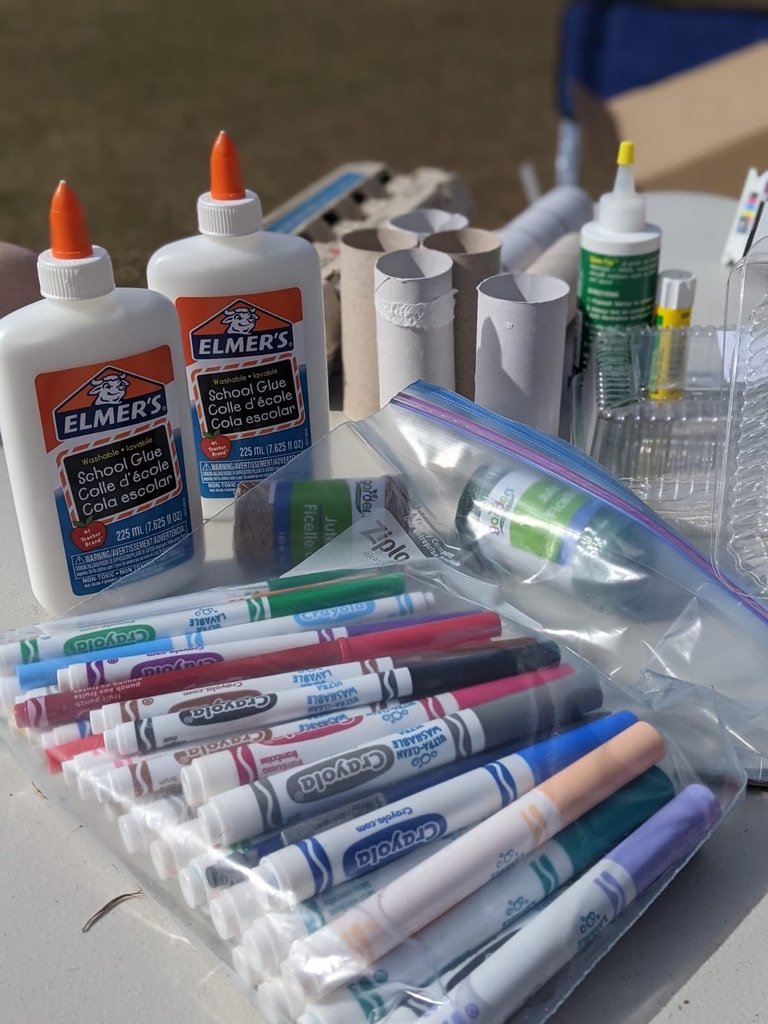
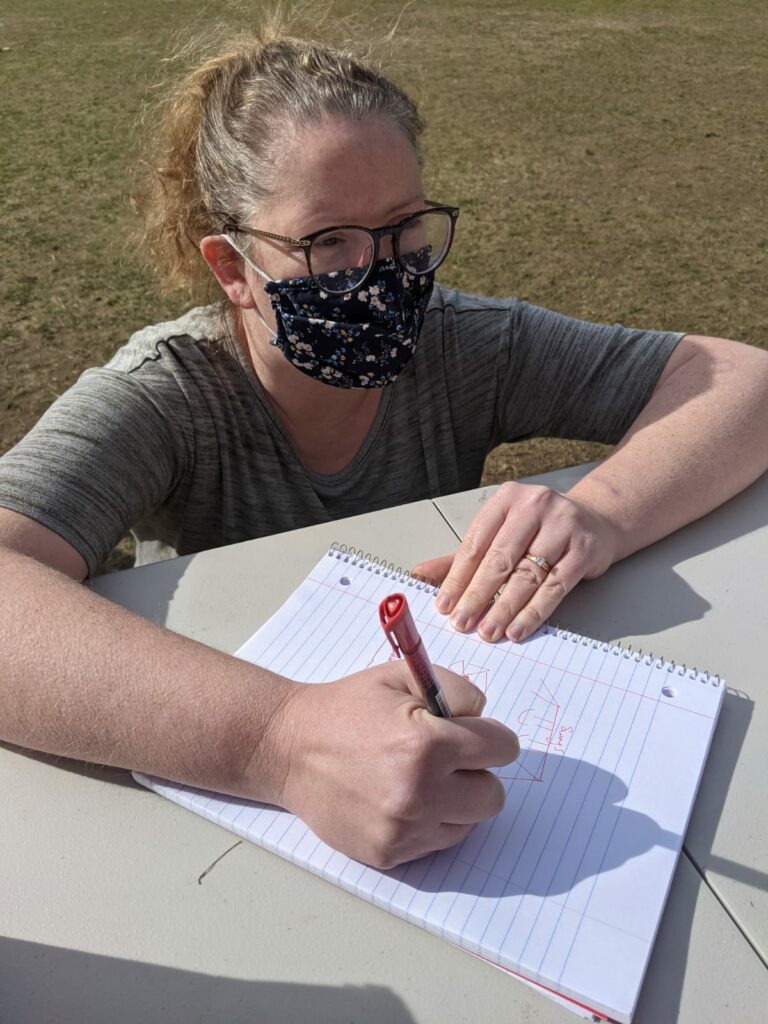
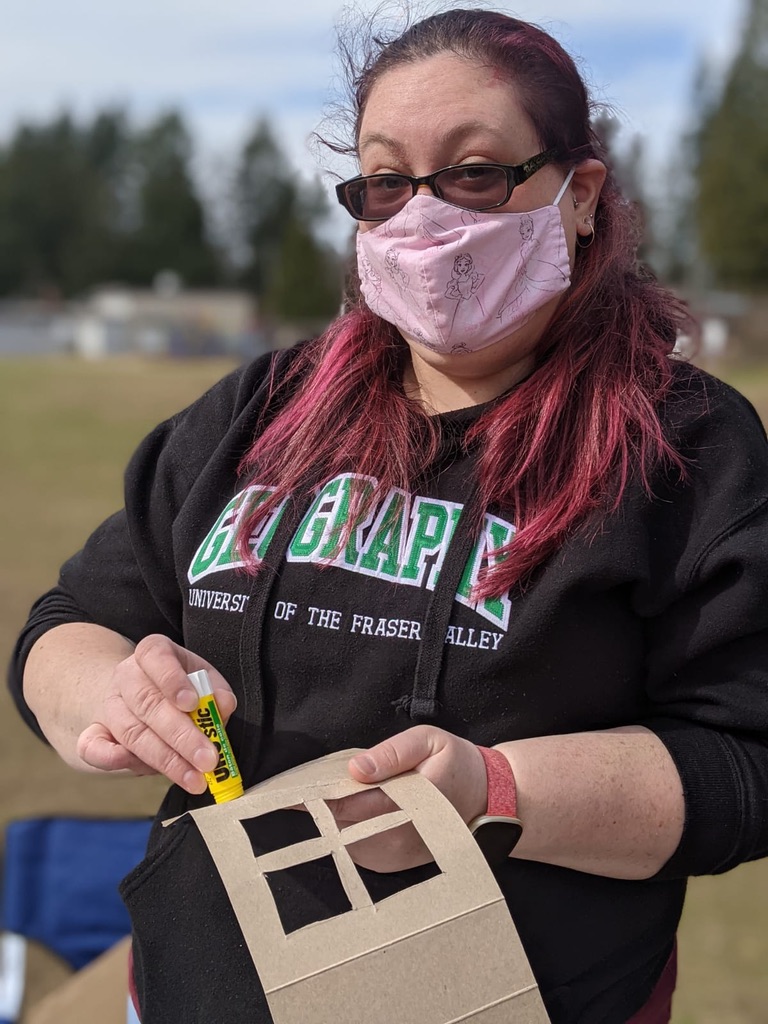
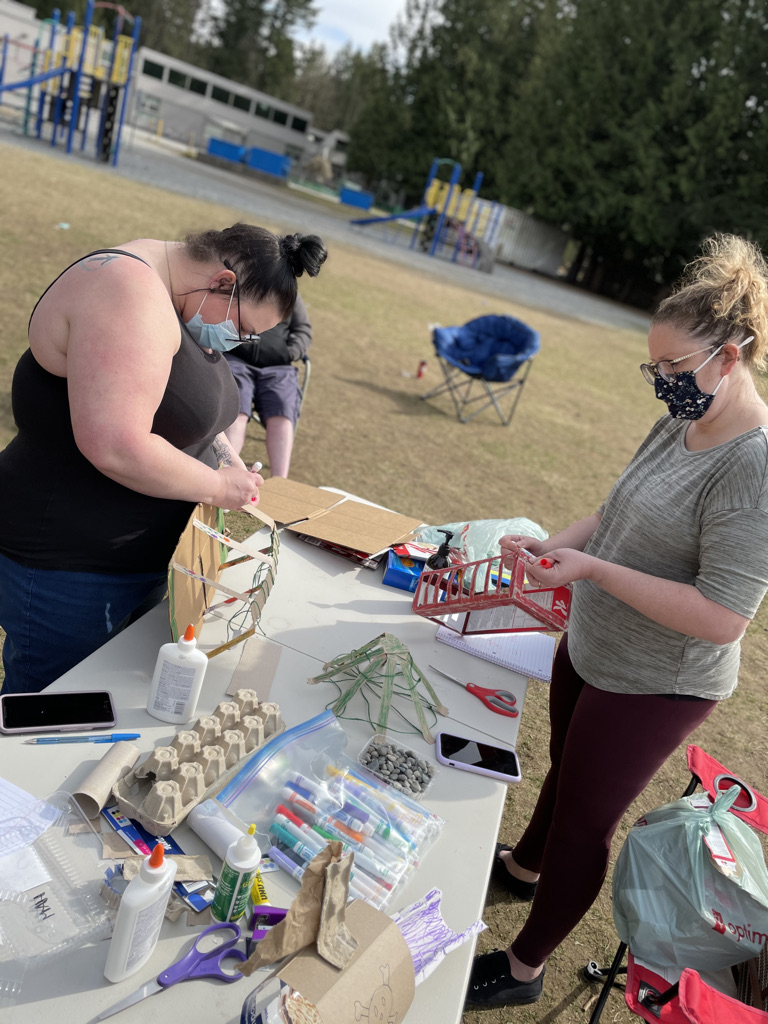
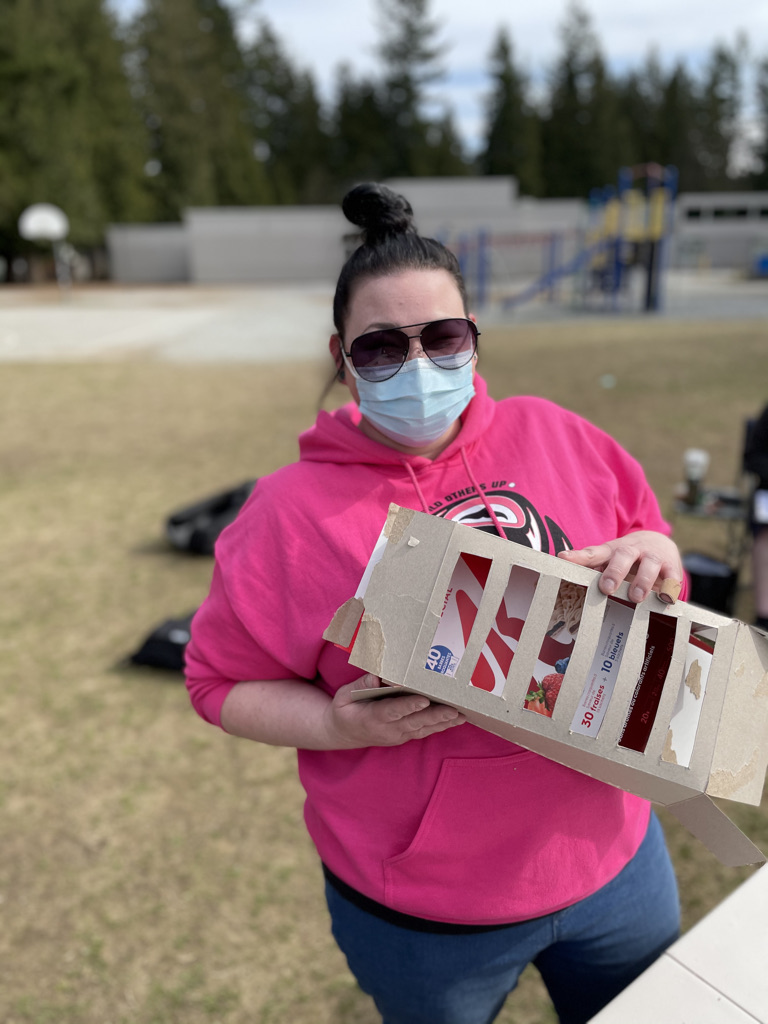
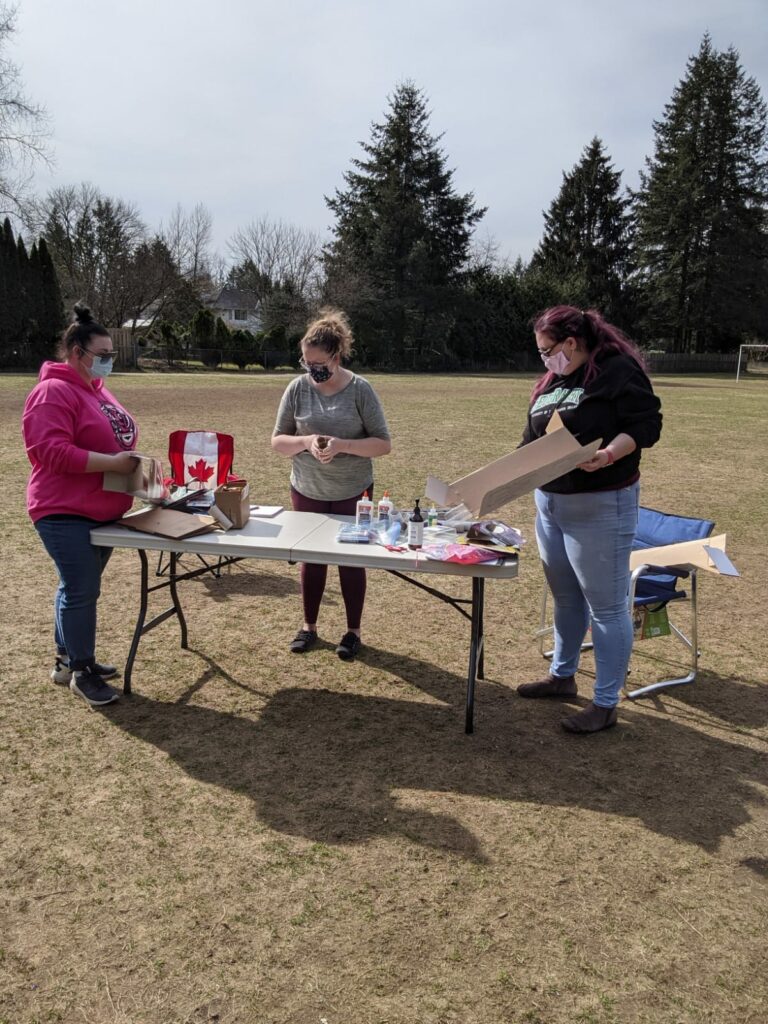
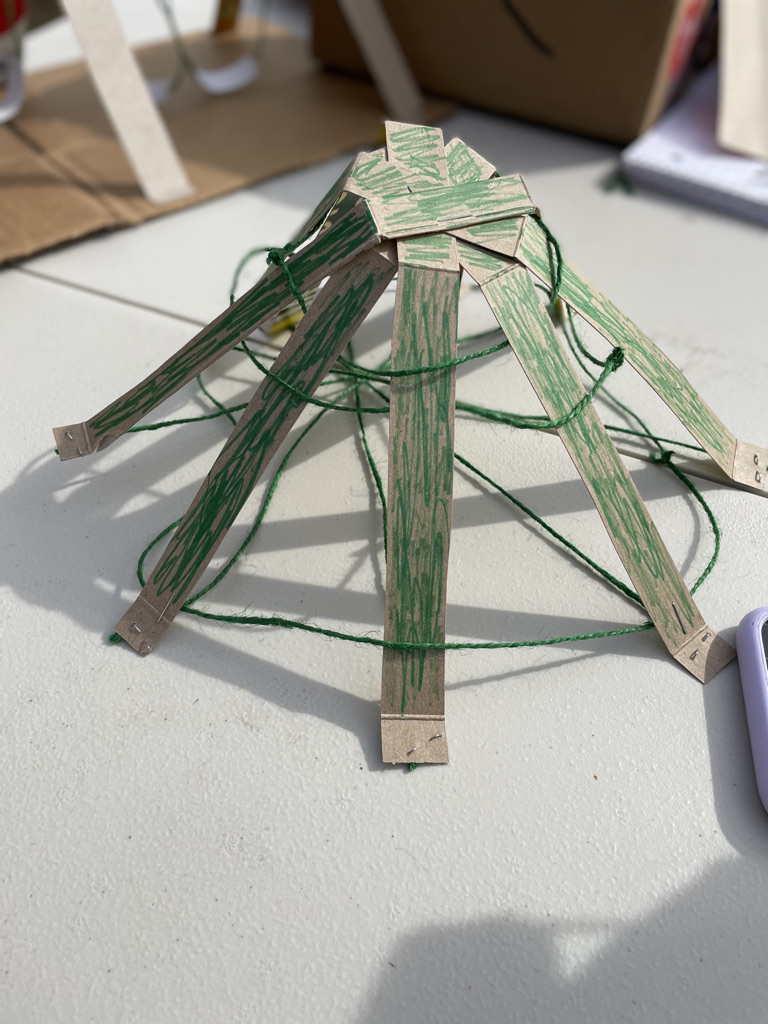
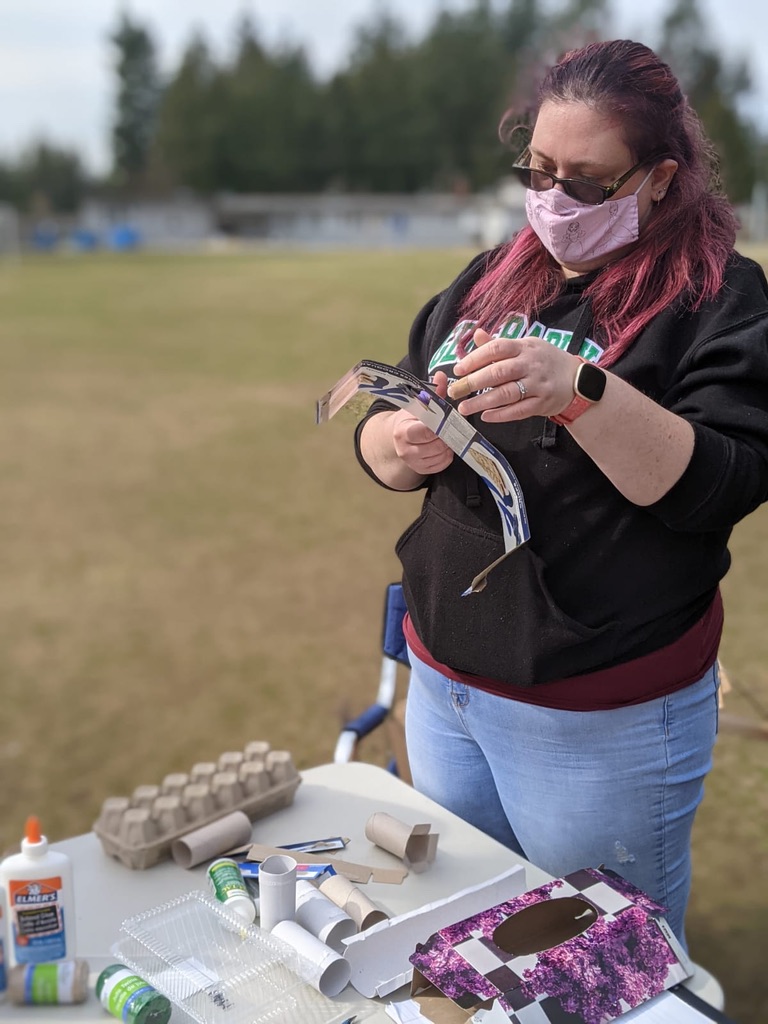
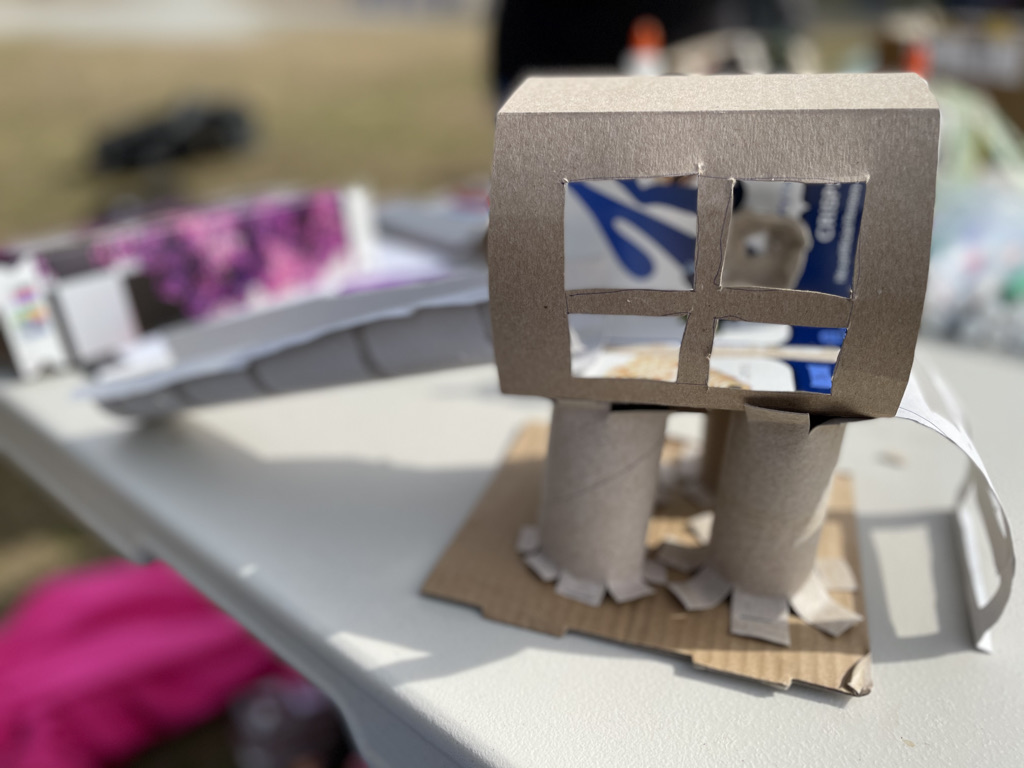
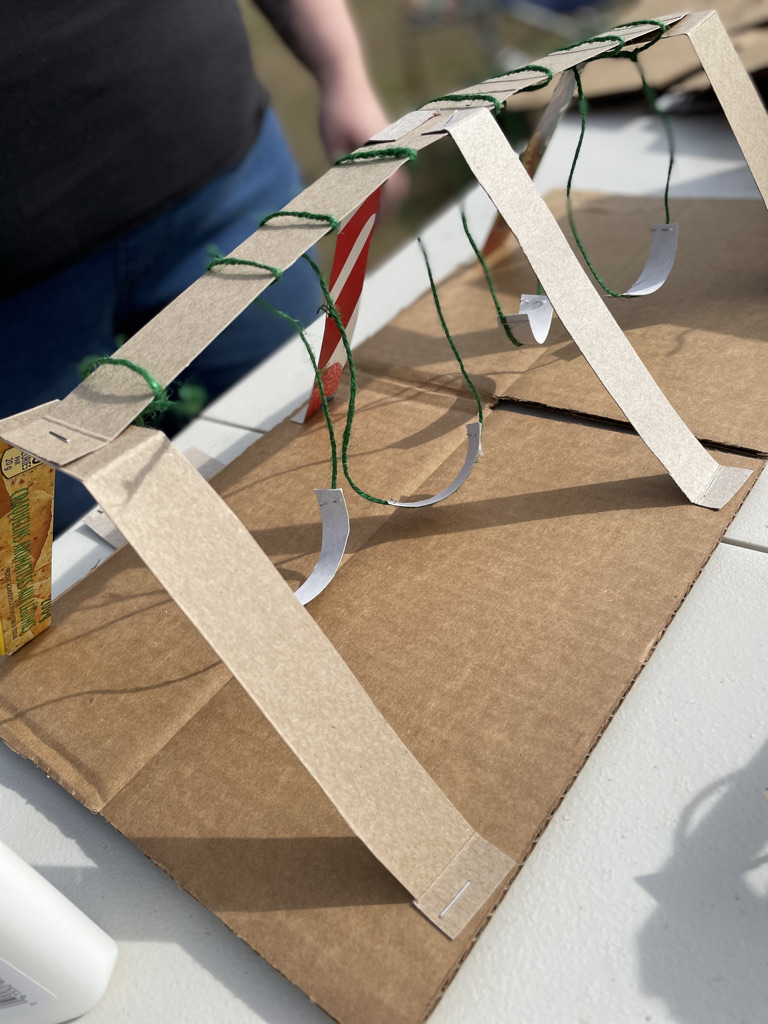
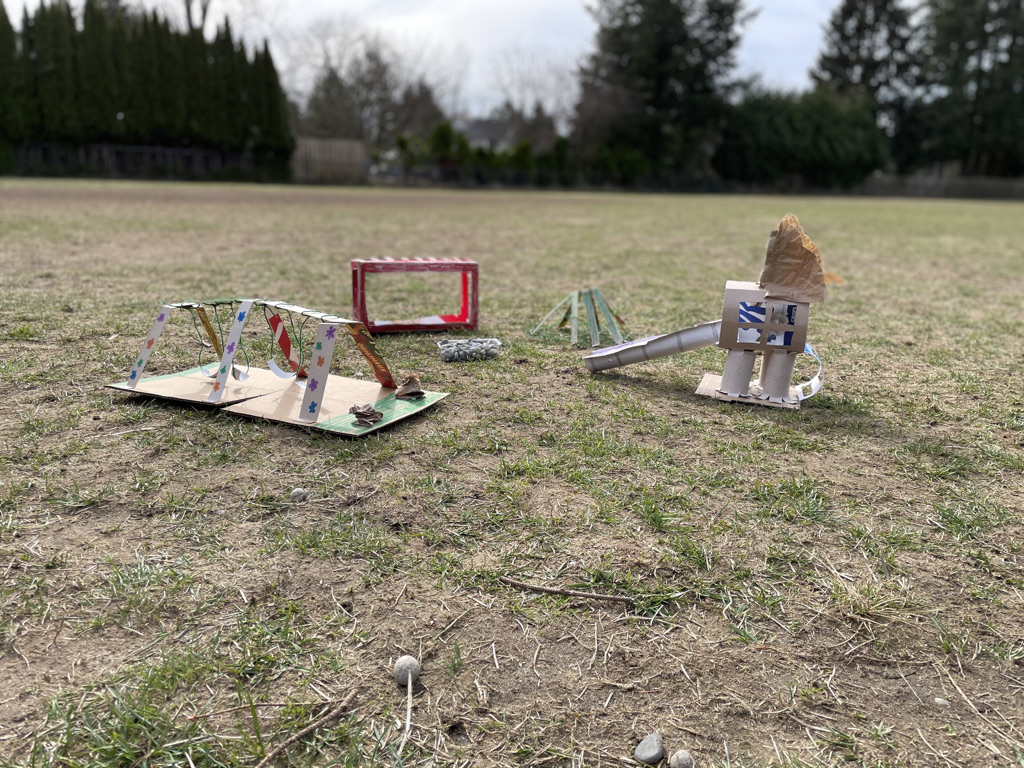
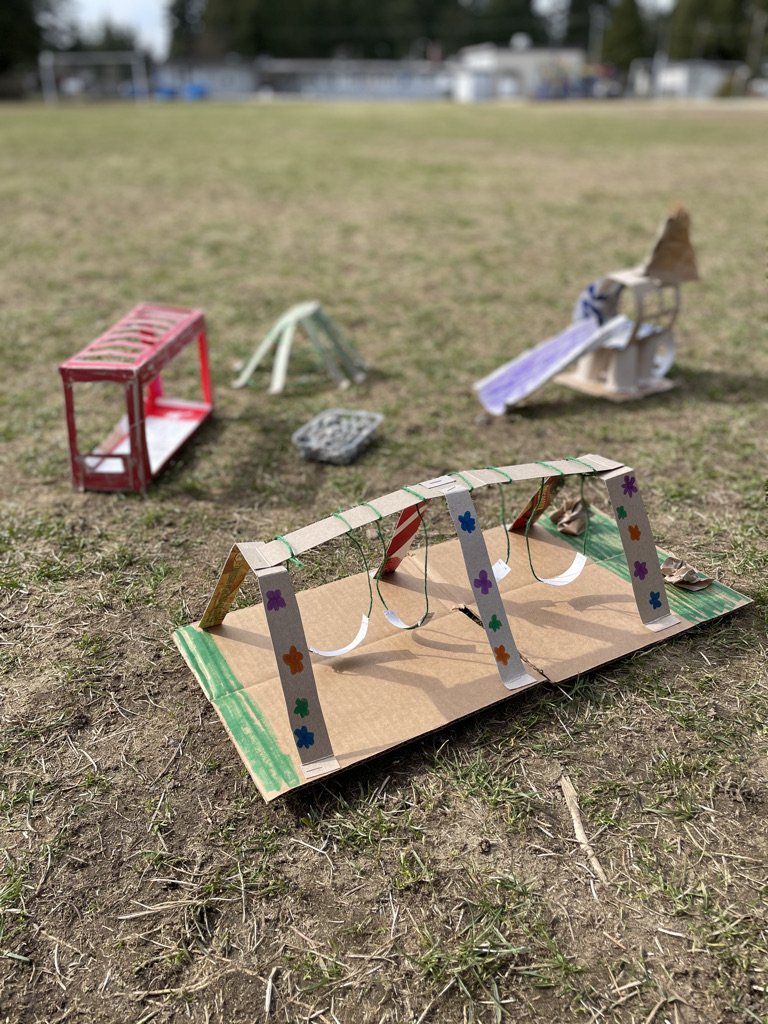
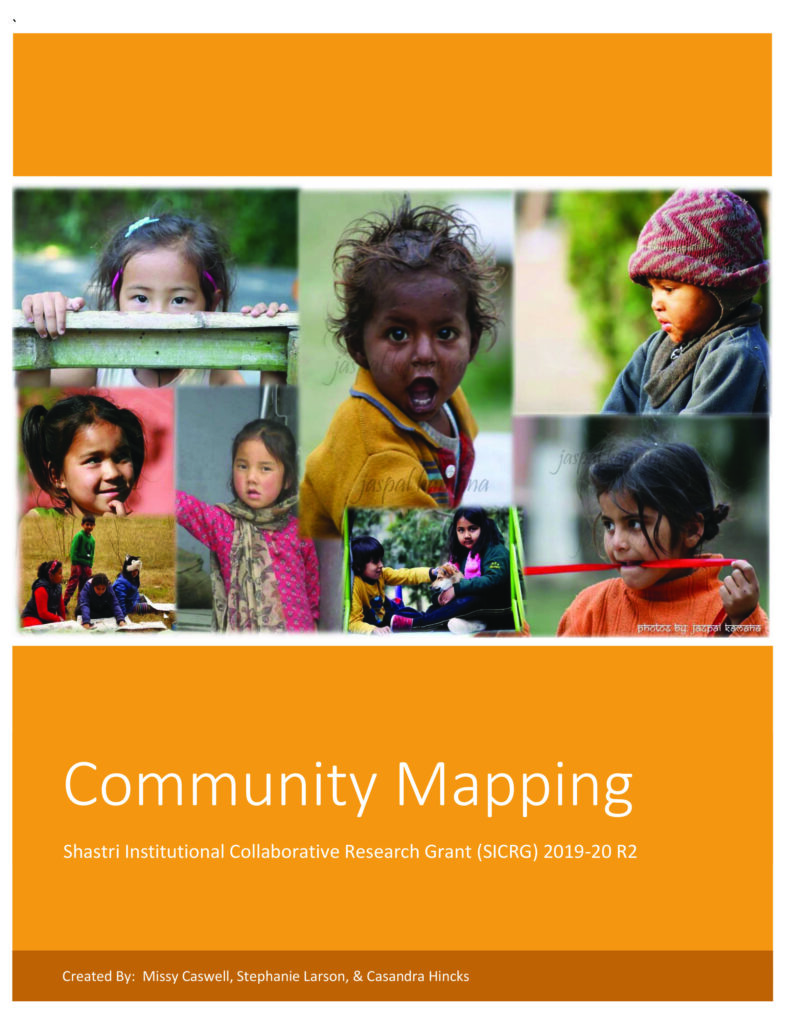
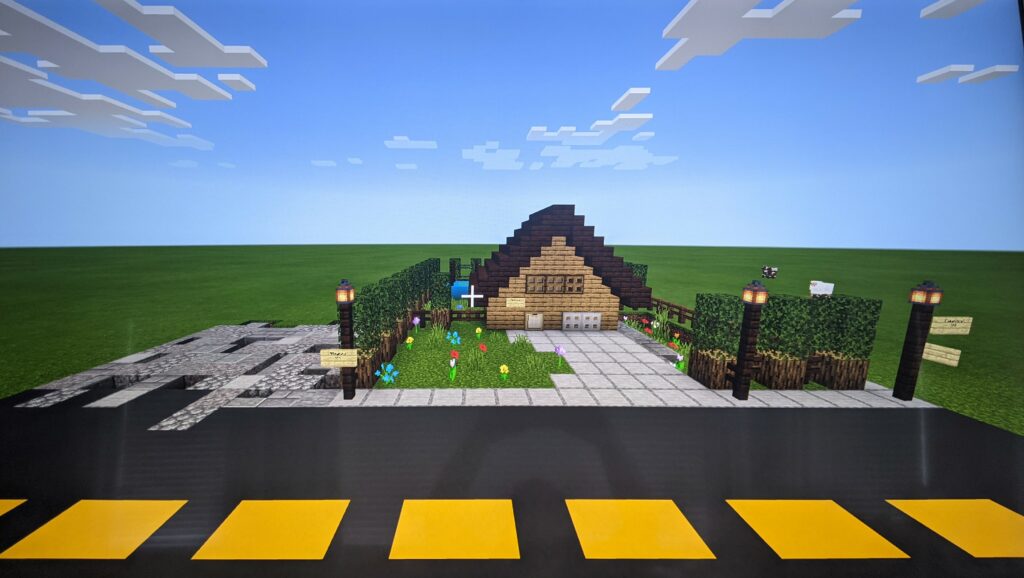


 We spent a majority of the morning testing out some of the lesson plans we have already created. We spent the morning planting seeds, while telling stories and discussing the different aspects of curriculum, topics, and themes we could or should include in our gardening & farming module.
We spent a majority of the morning testing out some of the lesson plans we have already created. We spent the morning planting seeds, while telling stories and discussing the different aspects of curriculum, topics, and themes we could or should include in our gardening & farming module.
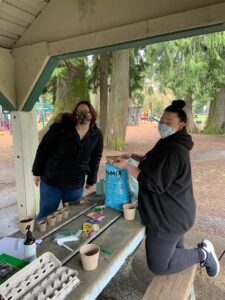
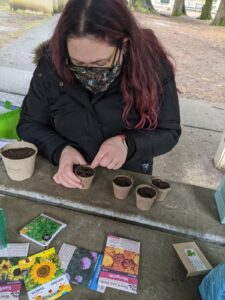
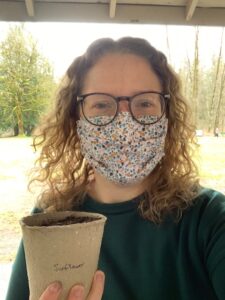
 If I could change something in my neighbourhood to make it more child-friendly, I would see what the children of the neighbourhood wanted to see. Maybe that means shutting the street down for block parties or street hockey. Maybe that looks like a communal library box, or bulletin board to share their creations they made in their yards. All of these things could possibly lead to more neighbourhood connections and friendships made, which would fuel the inspiration we are seeing with the children of the neighbourhood.
If I could change something in my neighbourhood to make it more child-friendly, I would see what the children of the neighbourhood wanted to see. Maybe that means shutting the street down for block parties or street hockey. Maybe that looks like a communal library box, or bulletin board to share their creations they made in their yards. All of these things could possibly lead to more neighbourhood connections and friendships made, which would fuel the inspiration we are seeing with the children of the neighbourhood. Besides working on our annotated bibliography and literature review, I had been tasked with finding children’s literature to both support and supplement our curriculum modules. You can find our list of resources under the classroom activities menu in books. I love a good read-a-long book and let me tell you there are SO MANY books about neighbourhoods, communities, citizenship, parks, playgrounds, and community gardens to be found and used as resources. Every time I search for books, it seems there are new titles with new ideas to support Children and their interactions with others and the environment in their neighborhoods, communities and cities. Plenty of content and resources means there are tons of opportunities for us as parents and educators to actively encourage our children to voice their concerns and ideas as young citizens within our communities and cities.
Besides working on our annotated bibliography and literature review, I had been tasked with finding children’s literature to both support and supplement our curriculum modules. You can find our list of resources under the classroom activities menu in books. I love a good read-a-long book and let me tell you there are SO MANY books about neighbourhoods, communities, citizenship, parks, playgrounds, and community gardens to be found and used as resources. Every time I search for books, it seems there are new titles with new ideas to support Children and their interactions with others and the environment in their neighborhoods, communities and cities. Plenty of content and resources means there are tons of opportunities for us as parents and educators to actively encourage our children to voice their concerns and ideas as young citizens within our communities and cities. In a world where going green is the most common thing, what can we do to bring this aspect into the classroom.
In a world where going green is the most common thing, what can we do to bring this aspect into the classroom.